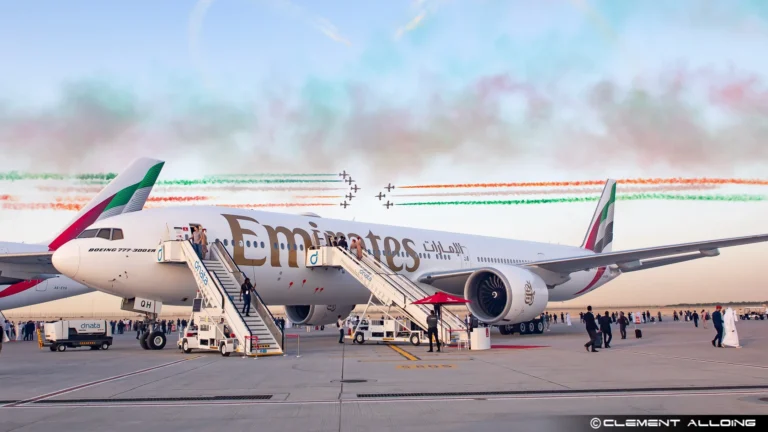DUBAI – When it comes to dominating the skies, only a few airlines have achieved global acclaim and success as Middle Eastern flag carriers, notably Emirates (EK), Qatar Airways (QR), and Etihad Airways (EY). With their respective hubs in Dubai (DXB), Doha (DOH), and Abu Dhabi (AUH), these carriers have set new benchmarks in luxury, connectivity, and service.
Despite emerging in a highly competitive industry, they’ve managed to not only succeed but also reshape the dynamics of global aviation. What lies behind their success?
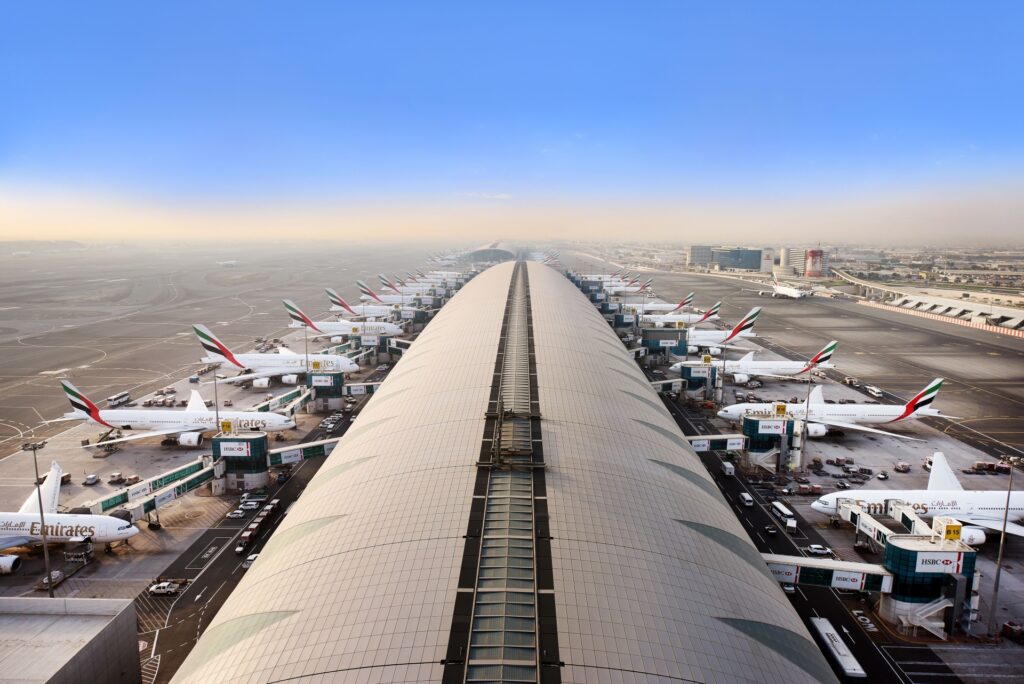
Geographical Advantage
The Middle East heavily benefits from its strategic location which naturally lends itself to becoming a global aviation hub. Positioned at the crossroads of Europe, Asia, and Africa, the gulf carriers have capitalized on the ability to connect almost any two cities worldwide with just one stopover.
For instance, Emirates’ Dubai hub is within an eight-hour flight of two-thirds of the world’s population. This geographical advantage has enabled these airlines to efficiently implement a hub-and-spoke model, making destinations as far as Melbourne and New York accessible through a single transit point.
It won’t be wrong to say that this connectivity has become their greatest strength in an increasingly interconnected world.

State-Backed Investment and Vision
Moreover, the success of Middle East carriers cannot be separated from the visionary leadership and state support that fuel their growth.
Governments in the Gulf view these airlines as extensions of their national identity and a means to diversify their economies away from oil dependence. Massive investments have been made into these airlines and their associated infrastructure.
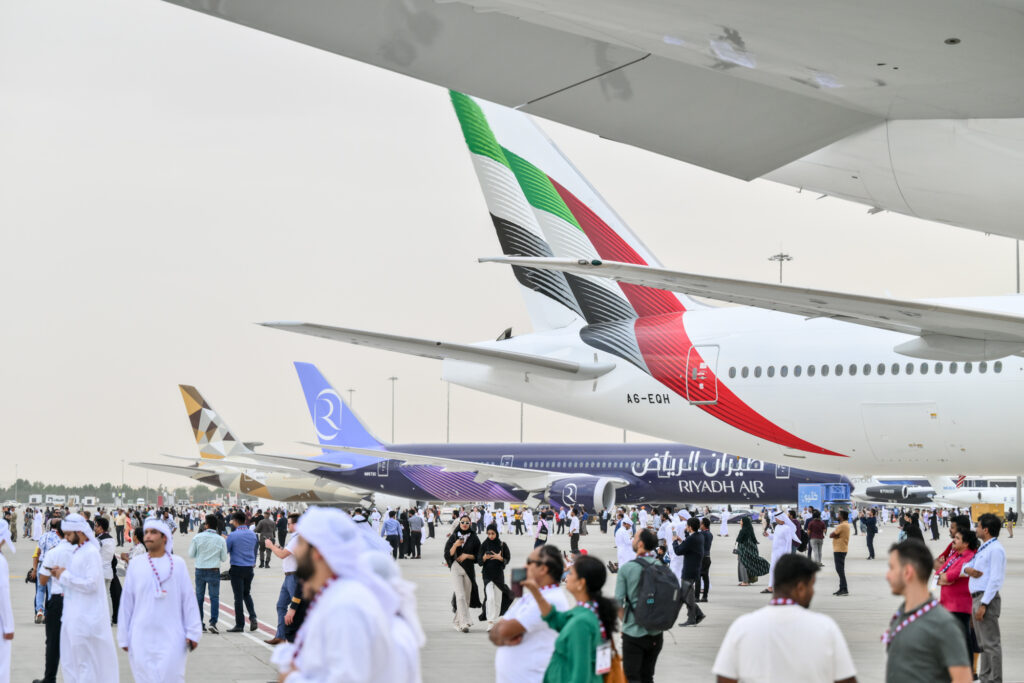
For example, Dubai International Airport (home to Emirates) and Hamad International Airport in Doha (the base for Qatar Airways) are ranked among the best in the world, offering seamless transit experiences to tens of millions of passengers.
These airports play a key role in reinforcing their airlines’ reputations. Additionally, leaders like Sheikh Ahmed bin Saeed Al Maktoum of Emirates have been instrumental in setting ambitious growth targets and ensuring their airlines stay ahead of global trends.
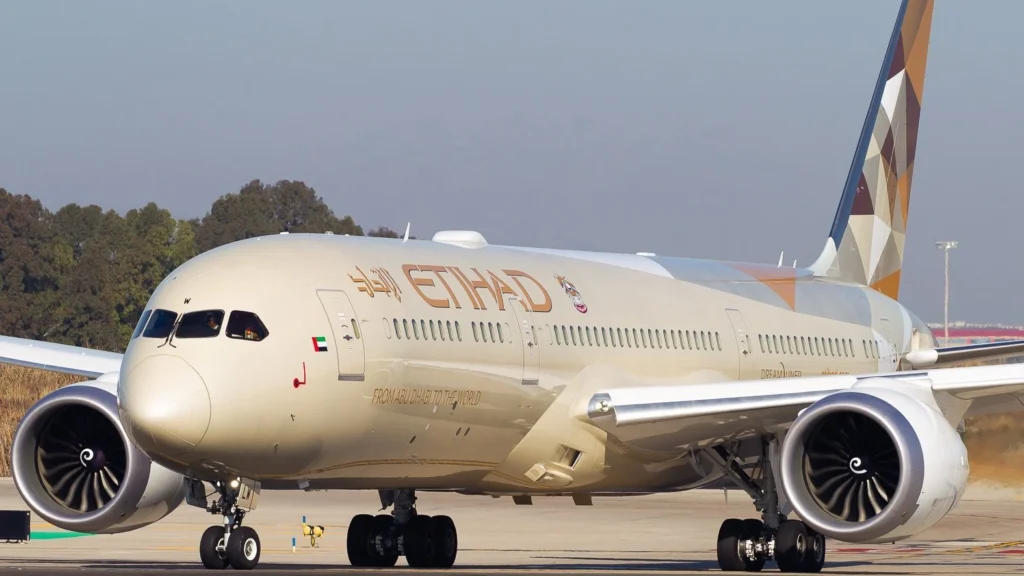
Fleet Modernization and Innovation
Besides the location and state support, one of the hallmarks of these airlines is their focus on operating young and modern fleets. Emirates famously became the largest operator of the Airbus A380, offering passengers unrivaled comfort and luxury.
Qatar Airways, on the other hand, is known for its Boeing 787 Dreamliner and Airbus A350 aircraft, which are commemorated for their fuel efficiency and passenger-friendly designs.
Moreover, Gulf carriers have also set a gold standard for in-flight innovation. Emirates’ first-class private suites, Qatar Airways’ award-winning QSuite, and Etihad’s opulent Residence suites are just a few examples of how these airlines continue to push the envelope.
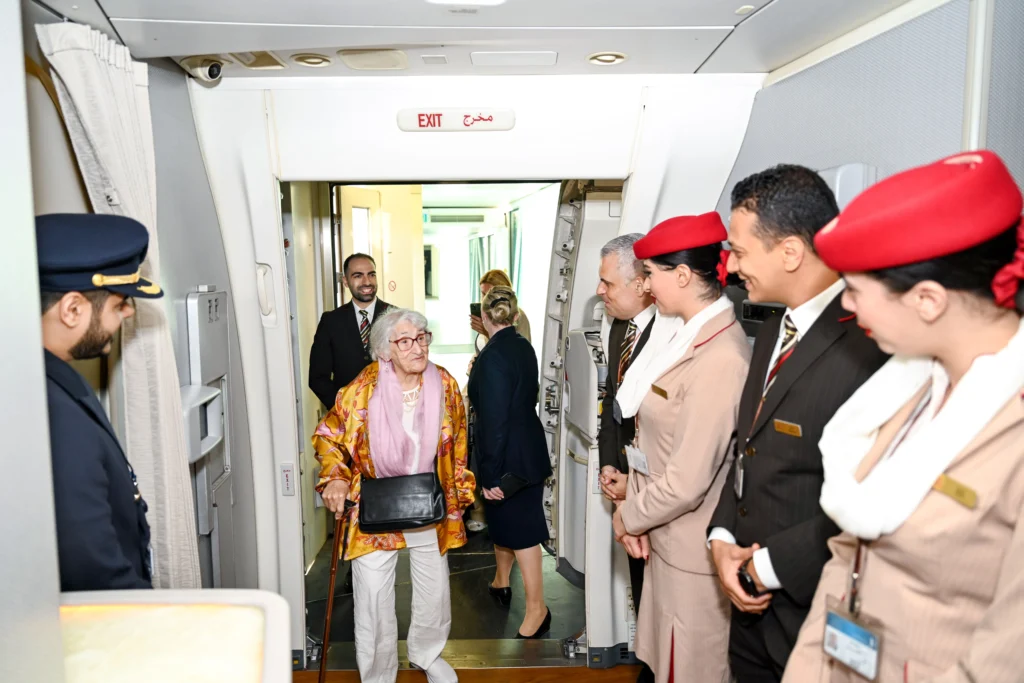
Superior Customer Service, Brand Value
Middle East airlines have mastered the art of providing top-notch customer service. They cater to a global clientele with a multilingual cabin crew and customized services to suit cultural preferences. Their dedication to excellence has earned them numerous accolades as the World’s Best Airline multiple times.
The branding strategies of these airlines also deserve an honorable mention. Emirates’ sponsorship of global events, such as the FIFA World Cup, and partnerships with top-tier sports teams, have significantly boosted its visibility and prestige.
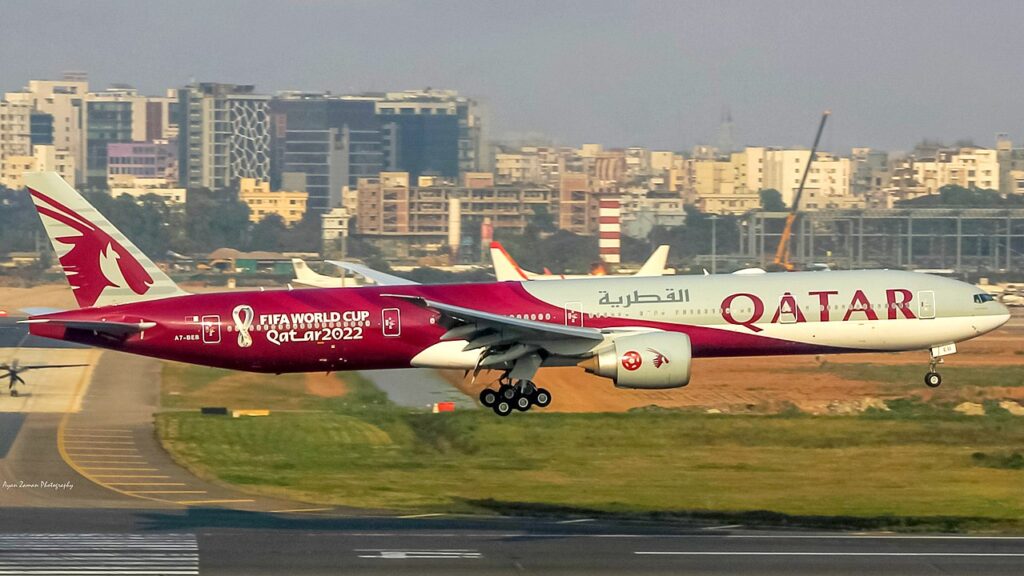
Qatar Airways has similarly leveraged high-profile sponsorships, including its role as the official airline of the FIFA World Cup 2022, to strengthen its global appeal. Etihad Airways also sponsors multiple sports teams including Manchester City.
Strategic partnerships and alliances further amplify their reach. Qatar Airways’ membership in the Oneworld alliance, for instance, allows it to connect with a broader network while maintaining its premium service standards.
Emirates and Etihad, though not part of any major alliance, have crafted successful codeshare agreements with other airlines, enabling them to expand their global footprint.
Also Read: Middle East Sports Spirit: Etihad CSK Livery, Emirates A380 Flypast, Qatar Airways Djokovic
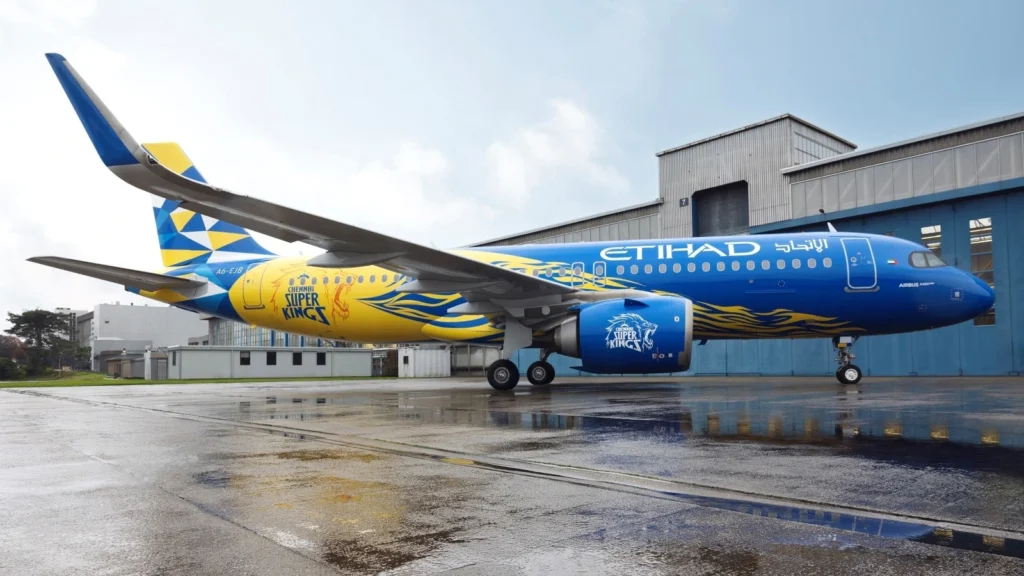
Future of Gulf Carriers
Looking ahead, the Middle East carriers are focused on maintaining their leadership in an evolving aviation landscape. Sustainability has become one of their key priorities, with these airlines investing in modern fleets and exploring the use of sustainable aviation fuel (SAF).
For instance, Etihad has made significant strides with its “Greenliner” program, testing innovative technologies to reduce carbon emissions.
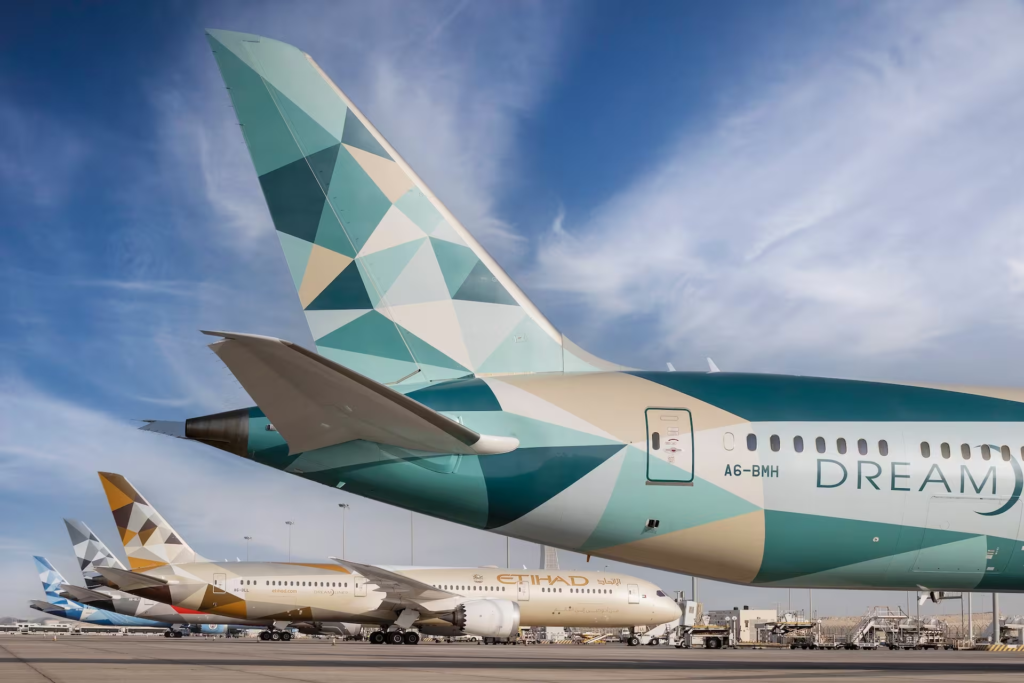
As a whole, the success of the Gulf carriers can be attributed to a combination of factors: their strategic geographical location, visionary leadership, state-backed investment, modern fleets, and exceptional customer service.
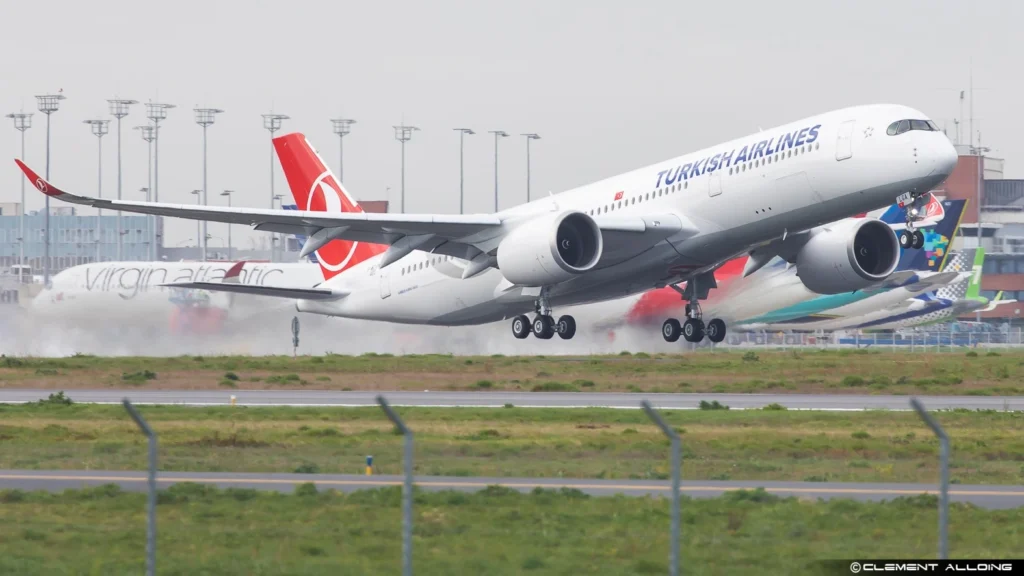
Other Succesful Carriers
Well, if we talk about Middle East flag carriers, how we can forget Saudia (SV), the flag carrier of Saudi Arabia, upcoming carrier Riyadh Air (RX), and Turkish Airlines, the national carrier of Türkiye.
Turkish Airlines is the airline flying to the most number of destinations and countries through its hub in Istanbul (IST). It is rapidly expanding its global footprint by flying to markets that it never did, such as Australia and it aims to operate flights to New Zealand. Also, it plans to expand its North American operations.
Saudia is one of the well-established carriers in the Gulf and is ordering more planes to strengthen its domestic and long-haul network.
Saudia also plans to expand its operations in India to support the Kingdom’s goal of attracting 7.5 million Indian tourists annually by 2030. The airline aims to boost flight frequencies between the two countries with a modernized fleet.
The upcoming state-backed Saudi Arabian carrier, Riyadh Air is making headlines ahead of its launch in 2025. It has ordered hundreds of planes, made strategic partnerships with global and well-established carriers, and revealed a new innovative approach it will follow.
However, not all Middle Eastern carriers have tasted the sweet pill of success. Some have failed or not been able to capitalize on their success due to multiple factors such as political sanctions, instability due to frequent wars, and economic disputes.
So Middle East carriers will continue to dominate the global aviation market as they connect the East with the West and vice versa in the most luxurious way they can.
Feature Image by Clément Alloing | Flickr
Stay tuned with us. Further, follow us on social media for the latest updates.
Join us on Telegram Group for the Latest Aviation Updates. Subsequently, follow us on Google News

